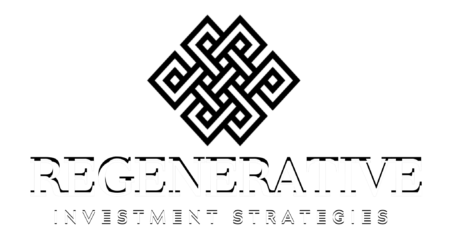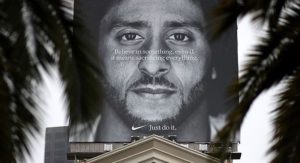We could write an entire history book just from what has unfolded since the 2019 holiday season. There has been so much to say it has almost been like too many people trying to crowd through the door at the same time (something we don’t do any more…) and nobody gets through. There is a lot to say and it will be said now that we can turn our focus from just sheer absorption and processing and working with our clients to speak in broader terms about where we now find ourselves. Part of this will be unpacking a new understanding of ESG and regenerative systems to share in the very new world in which we now find ourselves.
Before we do that, time to play some catch-up. A few new articles landed which we have added to the Library, discussing everything from the failure of nations at COP25 to reconciling the rising enthusiasm for sustainable investment solutions with the numbers on the ground and in the market. We have also added the latest piece from The Investment Integration Project (TIIP), written in partnership with the Money Management Institute (MMI) and appearing in the Journal of Investment Advisory Solutions, “Sustainable Investment Products and Due Diligence”, which provides an excellent grounding for gatekeepers and other decisionmakers on how to systematically and fairly evaluate the growing multitude of investment options in the marketplace. It also makes a good starting point for investment boutiques who are trying to address the market to understand and meet expectations and constructively engage with teams making hire/fire decisions for asset management mandates.





